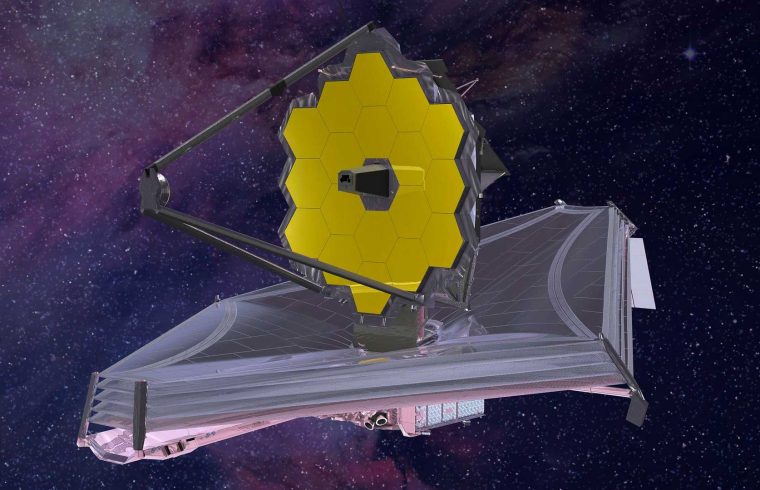If you are a space enthusiast like me, you’ve surely noticed the hype about launching the James Webb Space Telescope (JWST). It is said to be the largest and the most complex observatory sent into space so far. We are familiar with the telescope and its purpose, but have you wondered why we need to send telescopes to space in the first place?

Why do we send telescopes to space?
The telescopes on the Earth face a major challenge, its atmosphere. The light pollution caused by the diffracted lights in the atmosphere blurs the observation of the telescopes. It also distorts, absorbs, and even blocks some wavelengths of light like ultraviolet and infrared. So the earthly telescopes are deprived of the complete picture of the universe. On the other hand in space, telescopes do not face this challenge, moreover, they benefit from the stable environment allowing them to measure precisely with uninterrupted observation.
Why another telescope?
Although the Hubble Space Telescope has served the purpose of peeking into the cosmos for more than thirty years now, along with the evolution of astronomy and technology, we needed a more powerful and efficient successor. This is exactly where JWST comes in.
The Hubble telescope could primarily sense visible light, but JWST is specially engineered to see a larger spectrum of electromagnetic waves including infrared. With great power comes great challenges (or was it something else?). The two major obstacles an infrared telescope faces are
- An infrared telescope needs a huge mirror to collect enough light.
- It must be kept very cold and shielded so that unwanted infrared sources do not interfere with the observed light.
It’s fascinating how JWST tackles the two major challenges of an infrared telescope. Let’s dig a little deeper.

Primary Mirror
One of the major components of JWST is an enormous primary mirror, which must fit into the limited space within the spacecraft. Scientists came up with an ancient and innovative idea to solve this problem: origami. The enormous mirror was designed as an origami that can fold upon itself during the launch and unfold when it makes itself ready for work. It consists of 18 pieces of hexagonal mirrors which are then arranged into another larger hexagonal shape. Even though the smaller mirrors are flat, they are hinged with each other, so the final shape is slightly concave like an umbrella.
The primary mirror collects the light and reflects it to a smaller secondary mirror, which then redirects the light to the processing part where it is imaged.
Sunshield
To capture the faintest infrared light from distant celestial objects, the telescope must not be exposed to any other bright light source or infrared interference source nearby. To achieve that, the JWST has a huge sun shield consisting of five heat-resistant layers. The layers are made of a material called Kapton. They are coated with aluminium and silicon and have the thickness of a dime. However, the Kapton core inside each layer is as thin as human hair. The layers do not touch each other to ensure proper insulation of heat. But for the sun shield to work, the telescope needs to be placed in an orbit from where the sun, moon, and earth remain in the same direction, on the outer side of the sun shield. Scientists carefully positioned the JWST at the Lagrange point L2 for this which satisfies all the required conditions. We will discuss the L2 point in detail in another article.
Scientific Instruments
JWST carries four main scientific instruments:
- Near InfraRed Camera (NIRCam)
- Near InfraRed Spectrograph (NIRSpec)
- Mid-InfraRed Instrument (MIRI), and
- Fine Guidance Sensor/Near InfraRed Imager and Slitless Spectrograph (FGS/NIRISS).
JWST represents a significant advancement in space-based astronomy and is expected to revolutionize our understanding of the universe.



